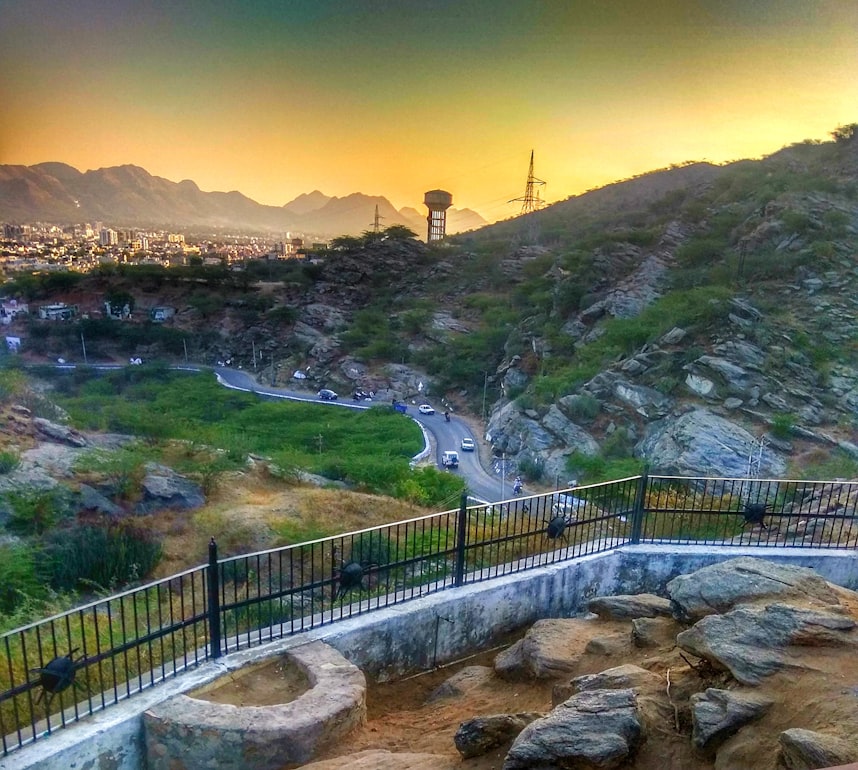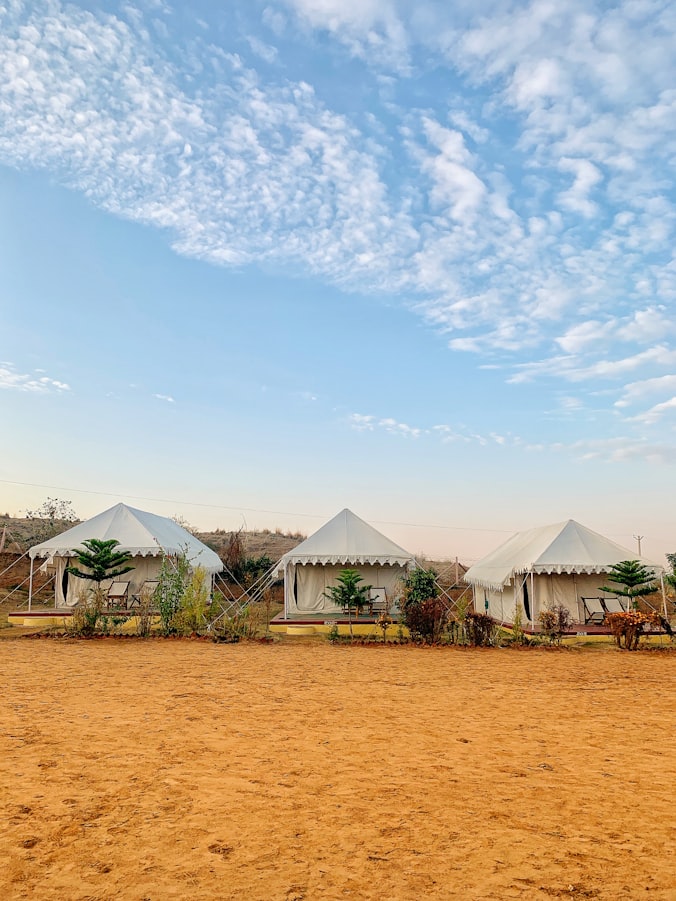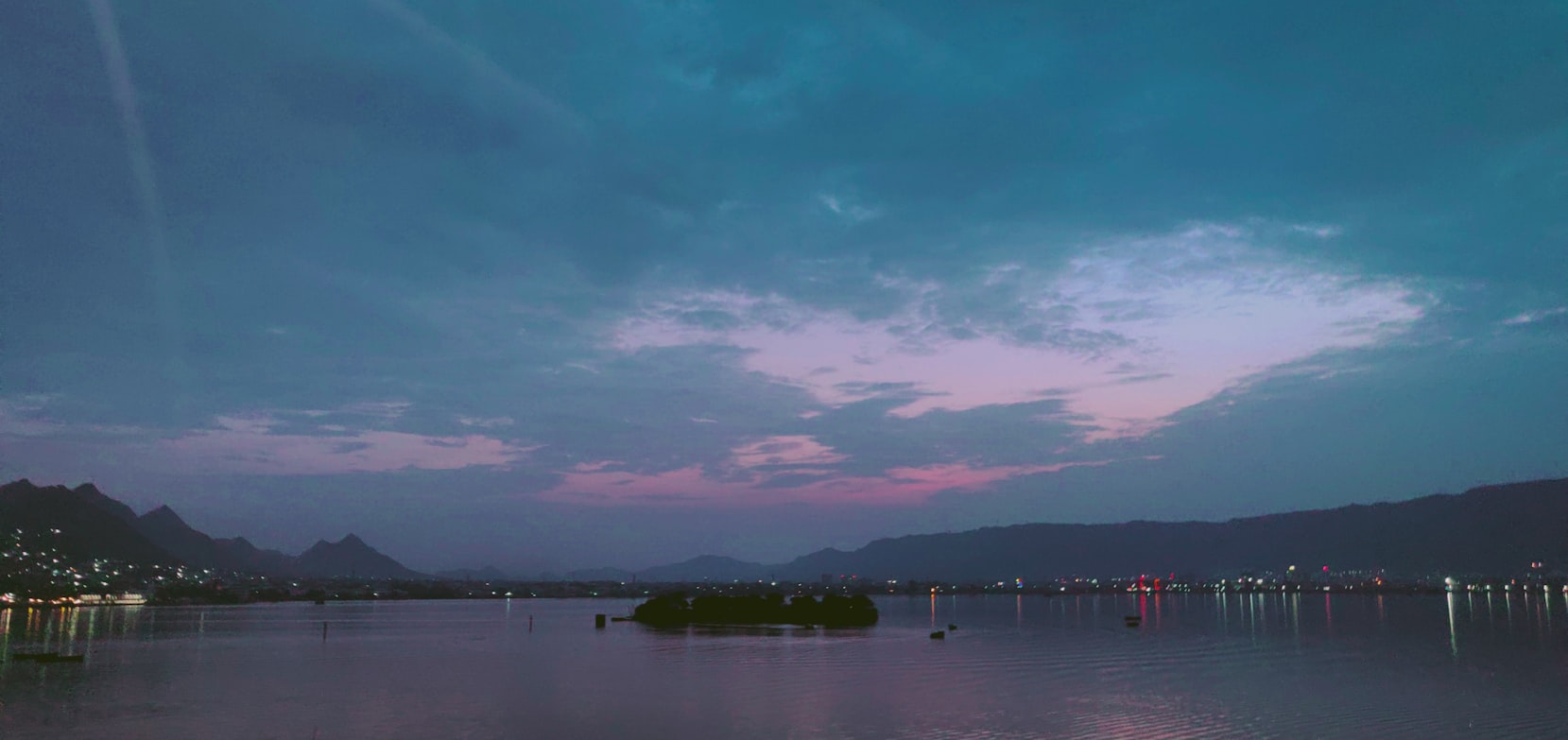Ajmer is a busy, disorganised town, 13 km from the Pushkar tourist paradise. It encompasses Ana Sagar ‘s peaceful lake and is ringed by the rugged Aravalli Hills itself. In terms of Islamic history and heritage, Ajmer is the most significant place in Rajasthan. Considered one of Ajmer’s best places to visit, it hosts one of India’s most well-known Muslim pilgrimage centres, the Khwaja Muin-ud-din Chishti Shrine, which founded India’s prime Sufi order in India. Ajmer is also a prominent town for the Jain faith, with an impressive golden Jain temple, as well as some remarkable examples of primitive Muslim construction found in it.

Top 8 Things to do Ajmer
- Dargah Shariff
- Nasiyan Jain Temple
- Ana Sagar Lake
- Nareli Jain Temple
- Adhai-Din Ka Jhonpra
- Prithviraj Smarak
- Akbar’s Palace & Museum
- Buland Darwaza
1. Dargah Shariff
The glorious tomb of Sufi Saint Khawaja Moinuddin Chisti is situated right at the end of a lonely hill and is one of India’s most famous pilgrimage centres visited by devotees of all faiths. He was a priest of the Sufi who had come from Persia and devoted his life to supporting the weak and marginalized. Constructed in separate phases, the silver-door gate frames the entry to the building.
Timings: Monday to Sunday – 5:00 am – 9:00 pm
Entry: Free
2. Nasiyan Jain Temple
Nasiyan Temple, founded in 1865, is located in Ajmer in Prithvi Raj Road. It is also known as Red Temple (Lal Mandir). Dedicated to Lord Adinath, the first ‘Tirthankara’ Jain, the temple is a two-storey building. One section of the temple is the place of prayer that houses Lord Adinath’s idol, while the other portion forms a museum and includes a lobby. The museum gallery is made of gold and portrays the five phases of Lord Adinath ‘s history. The hall is decorated with Belgium stain glass and stain glasswork in the 3,200 sq.ft room. The temple is recognized as the Golden Temple and has a focal lobby adorned with gold and silver embellishments. The temple also displays representations of wooden gold, glass illustrations, and paints.

Timings: Monday to Sunday – 6:00 am – 8:30 pm
Entry: Free for Indian nation, Rs. 10 for foreign nationals.
3. Ana Sagar Lake
Maharaja Anaji, the ancestor of Maharaja Prithviraj Chauhan, built the well-known man-made lake Ana Sagar between 1135 and 1150 A.D. The Mughal rulers subsequently made some further modifications to strengthen the lake.

The Daulat Bagh, a garden set up by Emperor Jahangir, is situated near the shore. Emperor Shah Jahan later attached to the garden and lake five pavilions, dubbed the Baradari. The lake is an ideal location for family trips. In the centre of the bay, is a peninsula. A circuit house which used to be the British residence is situated on a hill near the lake. Visitors can hire boat or water scooter to reach the island from the east side of the Dault Bagh Gardens. The lake gets dry, every summer.
Timings: Monday to Sunday – 8:00 am – 8:00 pm
Entry: Free, Rs. 160 for boating in the lake
4. Nareli Jain Temple
Nareli Jain Temple is another Jain temple found at the corner of Ajmer 7 kilometres from the centre of the city, the modern Nareli Temple is an impressive mixture of tradition and modern-day architecture. With 24 additional miniature temples built on the above-mentioned hill, these 24 temples symbolize Jainalay’s Thirthankar’s often named as 24. This temple has been an important pilgrimage site for Digambara Jains and is renowned for its sculptures and intricate designs. You can combine a visit to Jain Temple Nareli with other sightseeing spots around the town.
Timings: Monday to Sunday – 6:00 am – 8:30 pm
Entry: Free for Indian nation, Rs. 10 for foreign nationals.
5. Adhai-Din Ka Jhonpra
The extraordinary ruins of the Adhai-din-ka-Jhonpra mosque are beyond the Dargah of Khwaja Muin-up-din Chishti, in the outskirts of town. According to tradition, it took just two and a half days to construct in 1153. Others say it had been named after a two-and-a-half-day festival. It was originally built as a Sanskrit college but Ajmer was seized by Mohammed of Ghori in 1198 and converted the building into a mosque. While in need of renovation, it is an impressive piece of art, constructed from parts of Jain and Hindu temples, with towering domes, pillars and a stunning projector.
Timings: Monday to Sunday – 6:00 am – 6:00 pm
Entry: Free
6. Prithviraj Smarak
The Prithviraj Smarak is a tribute to the grand hero of the Rajput Chauhan family, Prithviraj Chauhan. Located on Ajmer’s Taragarh Lane, the Memorial has a black stone king’s statue, installed on a horse. With a bow and arrow in his side, Prithviraj Chauhan was seen. The last ruler in the Chauhans lineage was Prithvi Raj Chauhan (originally Prithvi Raj III). In the 12th century, he had been enthroned to govern the twin cities of Delhi and Ajmer. He has been spoken of as an epitome of bravery and loyalty.
Timings: Monday to Sunday – 6:00 am – 9:00 pm
Entry: Rs.10
7. Akbar’s Palace & Museum
In 1949 the Archaeological Museum was founded. The museum is divided into three sections, in Ajmer’s Dil-e-Aaram Gardens. The museum contains two ‘Yupa Pillars’ (sacrificial posts), containing a set of sculptures and some excavated material of earlier civilizations. These are adorned with Barnala inscriptions as well as 8th-century Prathihara sculptures and early-historical terracotta. The museum, once located in Jaipur’s ancient capital, is home to the dug up material from Rairh, Bairat, Sambhar, Nagar and other destinations. In addition to this, the museum also exhibits sculptures and inscriptions obtained from different sights in the former state of Jaipur that was housed at Vidyadhar Gardens.
Timings: Monday to Sunday – 10:00 am – 5:00 pm
Entry: Rs.10 for Indian nation, Rs. 50 for foreign nationals.
No photography is allowed inside the museum.
8. Buland Darwaza
This semi-octagonal Darwaza structure, one of the outstanding examples of Islamic architecture, shows the glory of Akbar ‘s reign. This large structure was designed to commemorate the triumph of Akbar over Khandesh and Ahmednagar in the year 1576. This huge gateway, at an altitude of about 176 feet, is the southern entrance to the J Dargah Sharif. Crafted of red sandstone with a marble mix, this magnificent gateway is elegantly sculpted, portraying exquisite craftsmanship and sculpture. The central chamber beneath the dome that covers it rises up to the mosque court – yet another striking architectural beauty.

Timings: Monday to Sunday – 08:00 am – 7:00 pm
Entry: Rs.10 for Indian nation, Rs. 750 for foreign nationals.
Plan your trip with Pickyourtrail
Although during Summers Assam is sweating in the scorching sun, during Monsoon the state receives heavy rainfall and humidity. When the weather is good with bright days and cool nights from October to April, the rainfall is fair and the paddy fields look sparkling, it is the perfect time to visit Assam. While it’s not rocket science getting ready for your trip, having a trusted travel partner will definitely be another advantage. Pickyourtrail provides personalized travel packages that can be fully digitally created to fit individual needs. Not only does it ensure quick and trouble-free travel but it also tracks cost-effectiveness. Login to www.Pickyourtrail.com to find out more, and plan your trip or leave a Whatsapp inquiry for more options.



